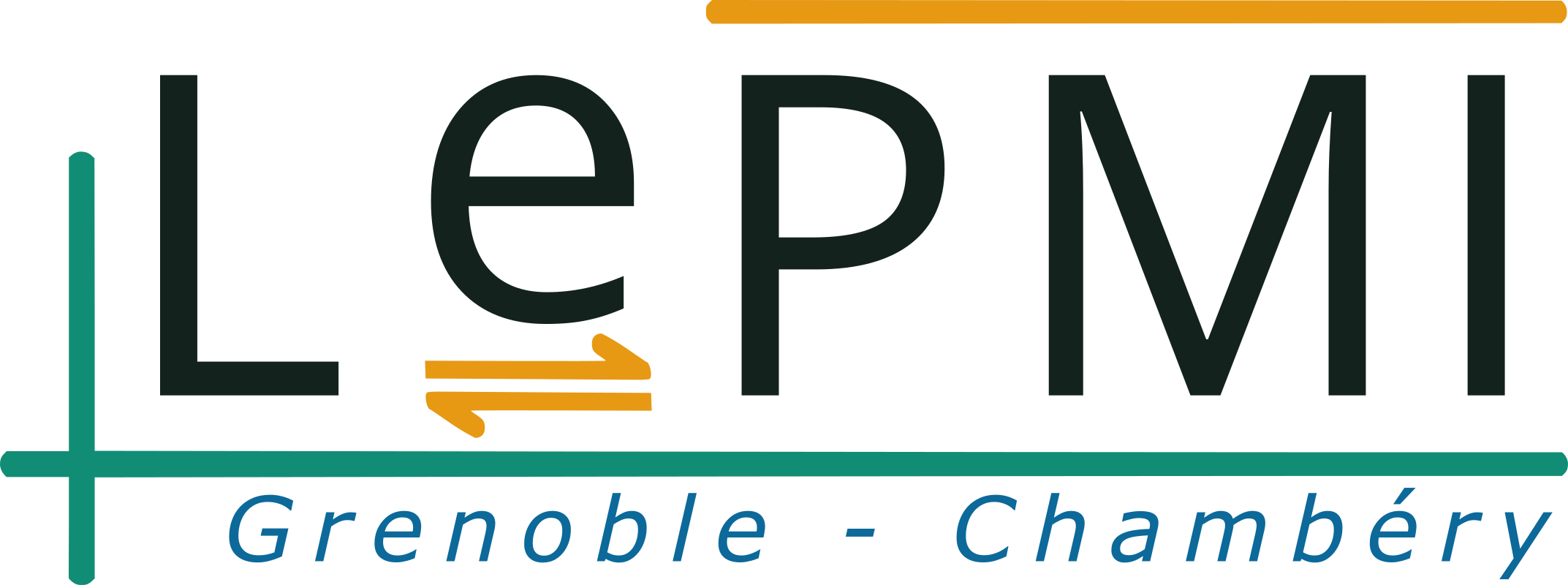A Model Approach to Uncover the Role of the IrOx Crystallographic Structure and Chemistry on OER Activity and Stability via Annealing a Sacrificial Template
Résumé
Iridium oxide nanoparticles (IrOx NPs) hold promise to lower the catalyst cost of proton-exchange membrane water electrolyzers (PEMWE). However, their enhanced oxygen evolution reaction (OER) activity often comes at the expense of stability. Achieving a delicate balance between these two conflicting properties requires a comprehensive understanding of how the structural, morphological, and chemical characteristics of IrOx NPs influence them. To address this challenge, we synthesized IrOx NPs supported on carbon (IrOx/C), and annealed them in air at temperatures ranging from 340 • C to 870 • C. We obtained a library of materials, ranging from small, amorphous IrOx NPs supported on carbon to larger self-supported crystalline IrO2. Using this library, we evidence the critical role of the IrOx particle size, crystallinity and chemistry on both the OER activity and catalyst stability. We further identify that an annealing temperature of 520°C provides an optimal balance between OER activity and stability, and we demonstrate size control of unsupported small IrO2 NPs at temperatures above 500°C, highlighting the significant role of the sacrificial support in shaping nano-structured IrO2 catalysts.
| Origine | Fichiers produits par l'(les) auteur(s) |
|---|



